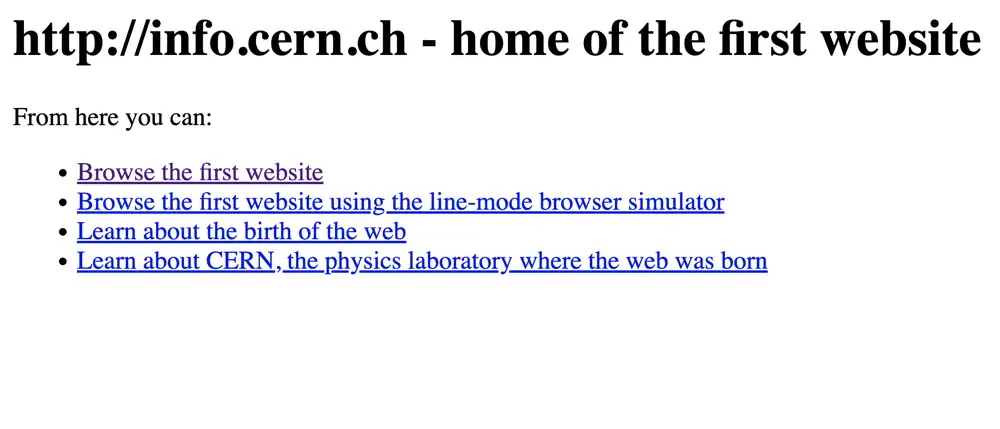
JavaScript Obfuscator
The JavaScript Obfuscator free online tool transforms JavaScript code into a harder-to-read and understand format, protecting source code from easy reverse-engineering and making it more difficult for others to steal or modify.
📖 One-Minute Lesson
If you've spent any time developing web applications, you’re likely familiar with JavaScript. It's the scripting language that powers the interactive elements of modern websites. But while JavaScript is incredibly powerful, its open nature means that anyone can view and understand your code. This is where JavaScript obfuscation comes in.
Understanding JavaScript
JavaScript is a high-level, interpreted programming language that is one of the core technologies of the World Wide Web, alongside HTML and CSS. It enables dynamic behavior on websites, allowing for interactive content like forms, animations, and real-time updates. JavaScript code is executed on the client side, which means it runs directly in the user's browser, making it accessible to anyone who views the page source.
Why Obfuscate JavaScript?
The open nature of JavaScript can be a double-edged sword. While it's great for transparency and learning, it also means that anyone can easily copy, modify, or reverse-engineer your code. This can lead to a variety of issues, such as:
- Intellectual Property Theft: Competitors might copy your innovative features.
- Security Risks: Malicious users can find and exploit vulnerabilities.
- Performance Issues: Unoptimized code can slow down your website.
Obfuscation helps mitigate these risks by making your JavaScript code difficult to read and understand.
How Does JavaScript Obfuscator Work?
A JavaScript obfuscator is a tool that transforms your readable JavaScript code into a version that is functionally equivalent but significantly harder to understand. Here’s a breakdown of some common techniques used in obfuscation:
1. Renaming Variables and Functions
Human-readable variable and function names are replaced with short, meaningless names. For example, calculateTotalPrice might become a1b2c3.
2. Removing Whitespaces and Comments
All unnecessary spaces, tabs, and comments are stripped out. This not only obfuscates the code but can also reduce file size.
3. String Encryption
Strings within the code are converted into encrypted forms, which are then decrypted at runtime. This prevents anyone from easily reading sensitive information.
4. Control Flow Flattening
This technique involves altering the logical flow of the code. Conditional statements and loops are broken up and reorganized in a non-linear fashion, making it harder to follow the code’s logic.
5. Dead Code Insertion
Useless code that does not affect the program’s functionality is added. This increases the complexity and size of the code, making it more difficult to analyze.
When to Use JavaScript Obfuscation?
While obfuscation adds a layer of security, it's not a silver bullet. It should be part of a broader security strategy. Here are some scenarios where obfuscation can be particularly useful:
- Protecting Proprietary Algorithms: If your JavaScript contains unique algorithms or proprietary logic, obfuscation can help protect your intellectual property.
- Reducing Vulnerability Exposure: Obfuscation can make it more difficult for attackers to find and exploit vulnerabilities in your code.
- Preventing Code Misuse: If you distribute JavaScript libraries, obfuscation can deter unauthorized usage or modification.
Conclusion
JavaScript obfuscation is a valuable technique for protecting your code from prying eyes. By transforming your code into a less readable format, you can help safeguard your intellectual property, reduce security risks, and improve performance. However, it’s important to remember that no security measure is foolproof. Obfuscation should be used in conjunction with other security practices to effectively protect your web applications.
If you're serious aboutprotecting your JavaScript code, consider incorporating obfuscation into your development process. There are many tools available that can automate this process, making it an easy and effective way to enhance your code security.
















